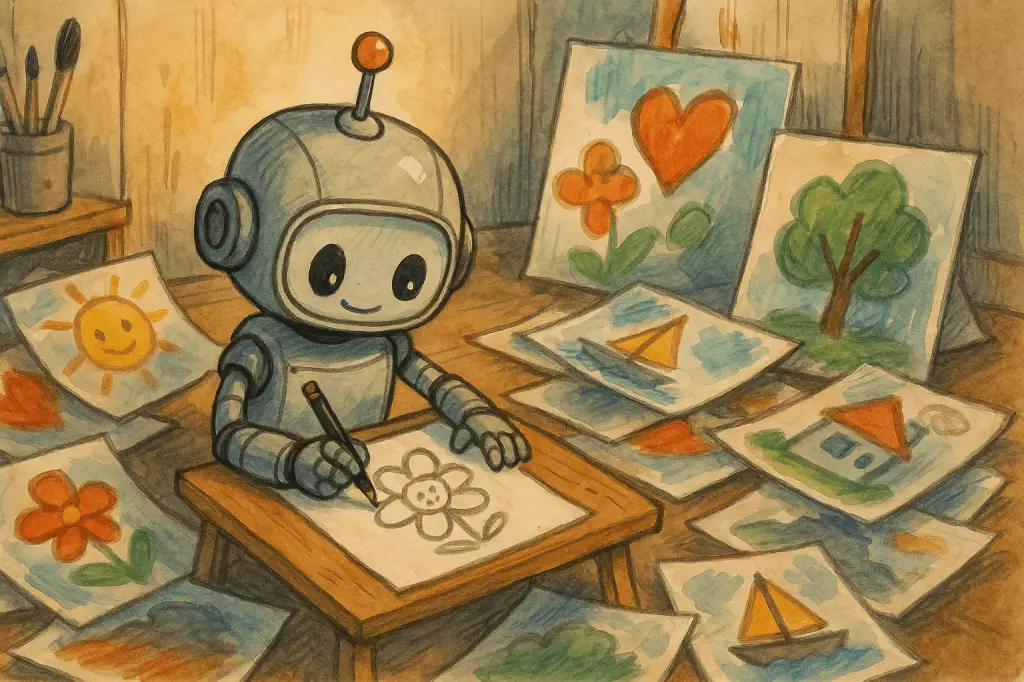In an era where technology and creativity intertwine more than ever, OpenAI’s latest advancement in image generation marks a significant leap forward. The gpt-image-1 model allows businesses to create stunning images reminiscent of Studio Ghibli’s enchanting aesthetic, providing a bridge between imagination and practical application. This innovative tool empowers enterprises to seamlessly integrate high-quality imagery into their platforms, enhancing their visual storytelling and branding efforts.
The demand for versatile and high-quality image generation tools in today’s competitive marketplace cannot be overstated. Businesses need to create unique visual content to differentiate themselves, and with gpt-image-1, they can do just that. The model’s adaptability allows it to cater to various artistic styles, ensuring that companies can achieve a distinctive look that resonates with their target audience. The API’s introduction provides a unique opportunity for brands to elevate their marketing strategies while being able to tap into the collective nostalgia and charm embodied by Studio Ghibli’s films.
Revolutionizing the Creative Process
The traditional creative process often involves lengthy iterations, requiring input from multiple stakeholders, including graphic designers and content creators. However, with the introduction of the image generation API, businesses can streamline their workflow. Companies can produce professional-grade images on demand, cutting down on production times and costs. For instance, instead of outsourcing design work, a marketing team can input a prompt and receive a customized image almost instantaneously.
This not only fosters creativity but also democratizes the creation of visual content. Smaller businesses and startups can now compete with larger enterprises, leveraging high-quality imagery that was once only affordable or accessible to those with substantial budgets. This shift leads to a more vibrant and diverse landscape where creative ideas can flourish without the constraints of financial limitations.
A Disruptive Pricing Model
While the pricing model for using the gpt-image-1 API is structured around text and image tokens—costing $5 per million tokens for text input and $40 per million for image outputs—it presents a significant challenge compared to competitors like Stability AI and Google’s Imagen. The disparity in pricing could deter smaller firms from fully adopting OpenAI’s offering, especially when alternative platforms provide more flexible or affordable pricing structures.
By contrast, Stability AI offers a credit-based model, making it more straightforward for smaller enterprises and independent creators to engage with their tools. If OpenAI aims to capture market share in this burgeoning industry, it may need to reconsider its pricing strategy to remain competitive. While the model’s capabilities are undoubtedly impressive, the concern over affordability looms large, particularly for those at the beginning of their creative journeys.
The Social Media Phenomenon
OpenAI’s integration of image generation into ChatGPT has led to an overwhelmingly positive user response. Millions of users have flocked to generate and edit images, creating a viral phenomenon around Studio Ghibli-inspired content. However, this success did not come without its drawbacks. The rapid usage has strained OpenAI’s resources, leading the CEO to humorously remark that their GPUs were “melting.” This serves as a reminder of the delicate balance between innovation and infrastructure that companies must manage to sustain growth.
Moreover, the shared nature of these images across social media has raised questions about originality and authenticity. Despite the joy or even obsession with generating similar artworks, it underscores the importance of content provenance. OpenAI has taken steps to ensure that all images generated contain metadata proving their AI-generated origins, giving credit where it is due and addressing potential concerns regarding intellectual property.
Enterprise Adoption and Future Potential
Big names like Canva and GoDaddy are already exploring the capabilities of the gpt-image-1 model, signifying a turning tide in how businesses approach image creation. The potential for branding, marketing, and product design via AI is vast and still largely untapped. As these brands integrate AI-generated images into their offerings, it showcases the adaptability of modern tools to meet evolving business needs.
Looking ahead, the implications of integrated AI imagery in business are profound. The evolution of creative tools will undoubtedly continue to reshape industries, and as more enterprises adopt these innovations, we may witness the rise of a new wave of digital art and design. The fusion of storytelling, technology, and artistry through AI could lead to groundbreaking trends that redefine how companies connect with their audiences, ultimately fostering a rich tapestry of creativity in the digital realm.

